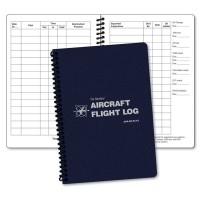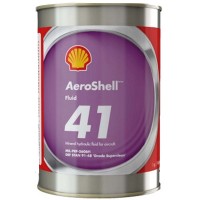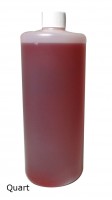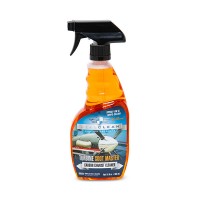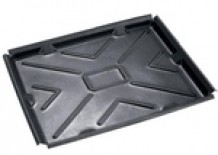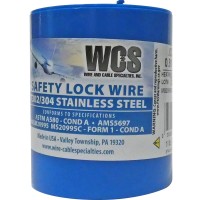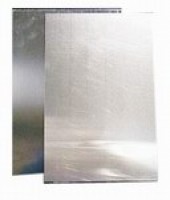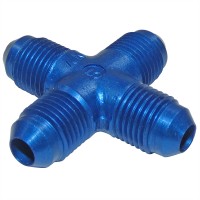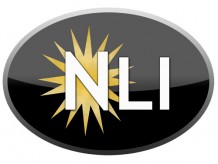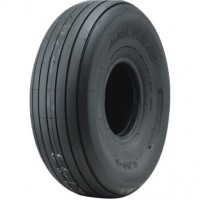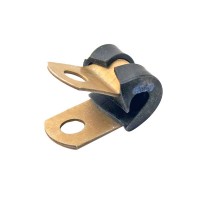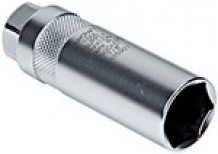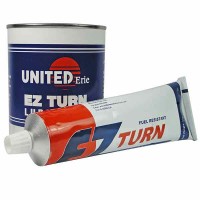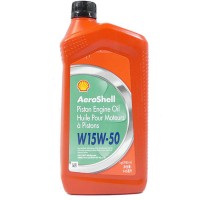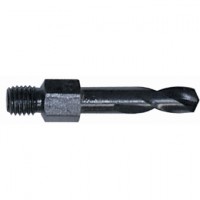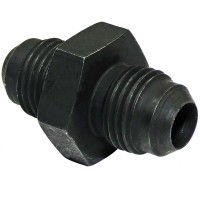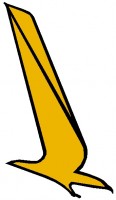FREE SHIPPING ON ORDERS OVER $350 (USA ONLY - SOME EXCLUSIONS APPLY) | 877-288-8077
Eox Aircraft Hydraulic Fluid Remover - Quart
$35.50/Quart
Part# 09-02452
MFR Model# 2520-115
MFR Model# 2520-115
Overview
|
eOx Aircraft Hydraulic Fluid Remover (AHFR) is a proprietary cleaner designed to easily remove all hydraulic fluids, baked on carbon, and corrosion protecting compounds. eOx AHFR is an excellent replacement for chlorinated products and solvent based cleaners. eOx AHFR meets AMS–1526B. Application eOx AHFR is specially developed to remove sticky hydraulic oil deposits from the aircraft fuselage, wheel wells, landing gear, wings, and any area or part where hydraulic fluid accumulates. eOx AHFR also removes numerous oils, greases and stubborn carbon deposits; especially from around engine exhaust areas. eOx AHFR is ready to use and intended as a spot cleaner on the aircraft. |
WARNING: Cancer and Reproductive Harm - www.P65Warnings.ca.gov. |
Features
- Non-toxic
- Non-flammable
- Non-hazardous - Not subject to dangerous goods regulations.
- No phosphates, acids or silicones
- High biodegradability (tested by the University of Ghent, Belgium)
- Neutral pH of 6-8
- Very economical to use.
- Contains no phosphates, acids, silicones and is non-butyl.
- Fast, intense cleaning action surpasses other cleaners’ performance.
- Can be effective used as a spray-on & wipe-off process.
- Safe for use in high-pressure washers, immersion systems and ultrasonic machines.
- Fresh smell – NOT citrus
Q&A
Please note, Pilotshop.com's personnel are not certified aircraft mechanics and can only provide general support and ideas, which should not be relied upon or implemented in lieu of consulting an A&P or other qualified technician. Pilotshop.com assumes no responsibility or liability for any issue or problem which may arise from any repair, modification or other work done from this knowledge base. Any product eligibility information provided here is based on general application guides and we recommend always referring to your specific aircraft parts manual, the parts manufacturer or consulting with a qualified mechanic.


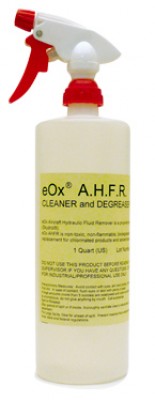





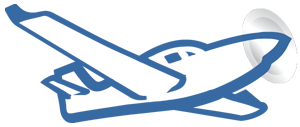 FREE Shipping
FREE Shipping

